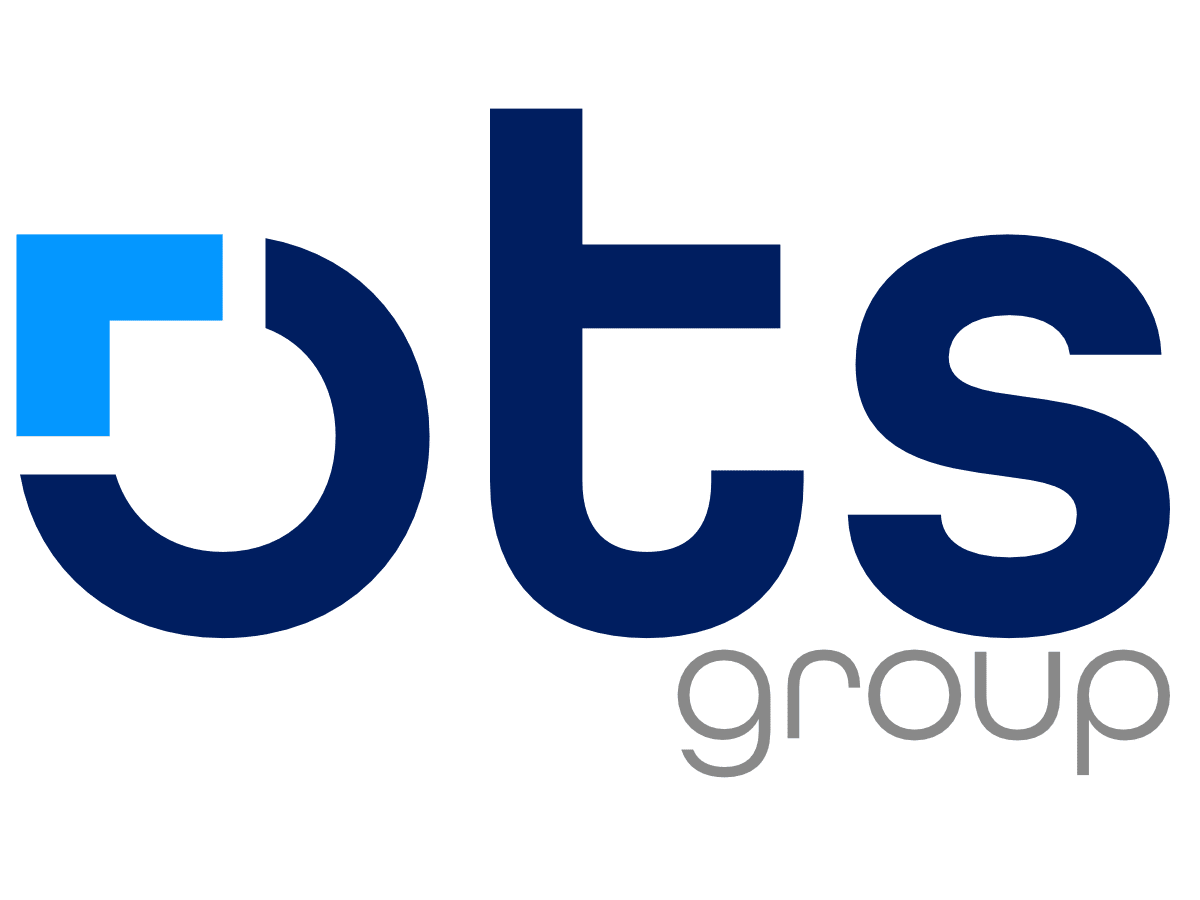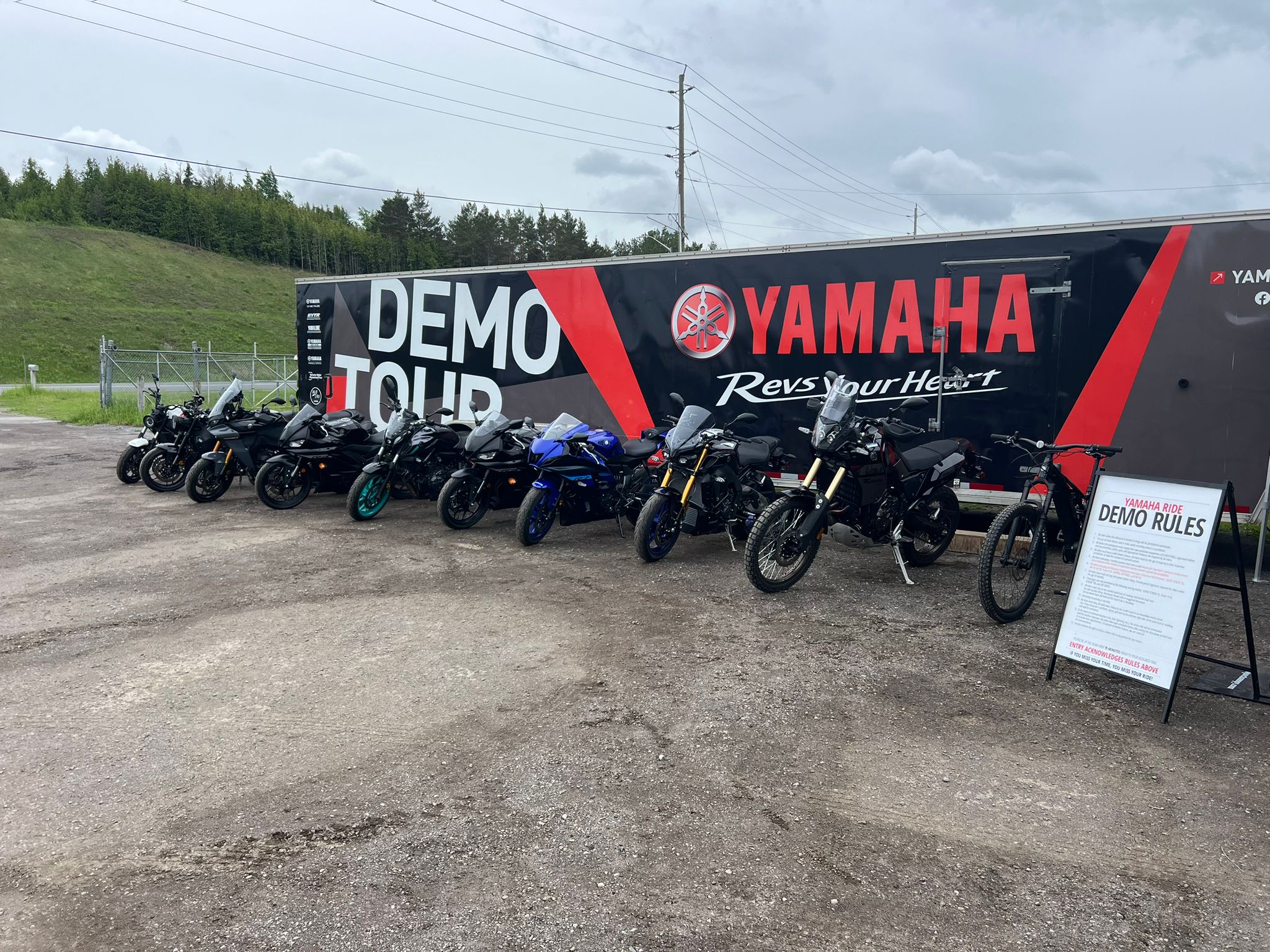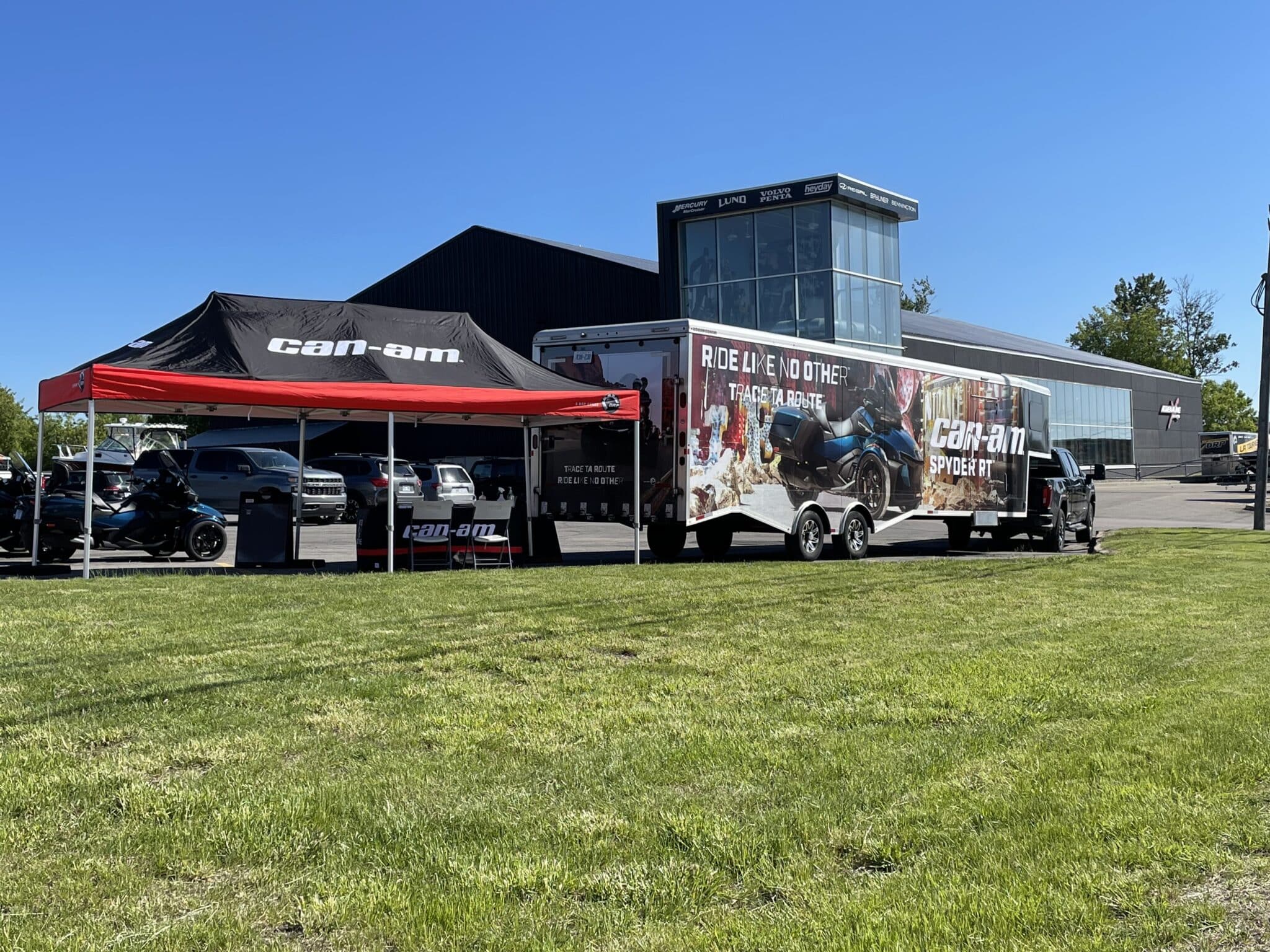Brand activations are often seen as immersive experiences that build awareness and customer engagement. But many brands miss a critical element—the ability to convert that engagement into actual sales.
Too often, activation teams focus on creating a great experience but lack the sales training needed to move customers from interested to buying. This gap means brands are leaving money on the table.
In this article, we explore why sales skills are essential in activations, how brands can integrate them into their event strategies, and how OTS Group help brands turn activations into revenue-generating opportunities.
Why Sales Must Be Part of Activations
For many companies, activations are seen as a brand-building tool—a way to increase awareness and engagement. While this is important, activations should also be a key driver of lead generation and sales.
- High-intent customers attend activations – People who engage with a brand at an event are already interested. They are much closer to making a buying decision than someone seeing a digital ad.
- Experience alone doesn’t close deals – Test rides, product demos, and immersive experiences create excitement, but if the activation team doesn’t know how to convert that excitement into action, the brand loses potential sales.
- Competitors are watching – If a potential customer is engaged but doesn’t get the right information or encouragement to buy, they may turn to a competitor who offers a better sales experience.
The Activation-Sales Gap: Where Brands Go Wrong
Many activation teams excel at engagement but fail at selling. Common mistakes include:
- Focusing only on awareness – Teams might prioritize entertainment but fail to push a clear call to action.
- Lack of structured lead capture – Many brands collect names at activations but don’t have a plan for follow-up conversion.
- No sales training for activation staff – Staff may be great at engaging people but lack the skills to qualify leads, handle objections, or close a sale.
- Failure to integrate with the sales team – Activation efforts should feed directly into a brand’s CRM and sales pipeline, ensuring that engaged customers don’t fall through the cracks.
How to Integrate Sales Skills into Activation Teams
To close the activation-sales gap, brands must ensure their teams are trained, equipped, and aligned with their sales strategy. Here’s how:
1. Train Activation Staff in Sales Fundamentals
Activation teams should go beyond engagement and understand basic sales principles, including:
- Asking the right qualifying questions – Understanding the customer’s needs and budget.
- Handling objections – Addressing concerns about pricing, product fit, or timing.
- Guiding the conversation toward a sale – Knowing when and how to transition from engagement to action.
2. Equip Teams with Sales Tools
Having the right tools can make a huge difference in converting activations into revenue:
- Pre-prepared messaging & scripts – Simple, effective messaging to move customers toward a purchase.
- Lead capture technology – Using QR codes, NFC tags, or tablets to collect and store customer data.
- Promotional offers with urgency – Exclusive event-only discounts or fast-action incentives to drive immediate purchases.
3. Align Activation and Sales Teams
- Sales and marketing teams should work together before, during, and after activations to ensure leads are properly nurtured.
- Activation staff should be trained to hand off high-quality leads to the sales team for follow-up.
- Post-event sales strategies (such as email follow-ups, phone calls, and retargeting ads) should be built into the activation plan.
4. Measure the Sales Impact of Activations
To ensure success, brands should track:
- Leads generated per activation – How many high-quality leads are collected?
- Conversion rates – How many leads turn into sales within 30/60/90 days?
- On-site sales vs. post-event follow-up sales – Understanding where sales occur helps refine future activations.
- Test Ride-to-Purchase Ratio – In industries like powersports and motorsports, tracking how many people who test a product end up buying is a critical success metric.
How OTS Group Bridges the Gap
Many companies recognize the importance of integrating sales into activations but struggle with execution. OTS Group help by:
- Training activation teams in conversion-focused engagement techniques.
- Implementing seamless lead capture systems to track engagement and follow-ups.
- Providing post-activation data analysis to measure sales impact and improve future events.
- Integrating activation efforts with sales teams for a cohesive, results-driven approach.
Final Thoughts: Activations Should Be More Than Just Awareness
Brand activations should not just entertain—they should sell. The best activations balance engagement with strategy, ensuring that customer excitement translates into action.
By equipping activation teams with sales training, the right tools, and a structured follow-up plan, brands can maximize the return on their activations and turn every event into a revenue-driving opportunity.
As the motorsports, powersports, and automotive industries continue to invest in experiential marketing, the brands that successfully integrate sales skills into activations will not only stand out but also see higher conversion rates and stronger ROI.


